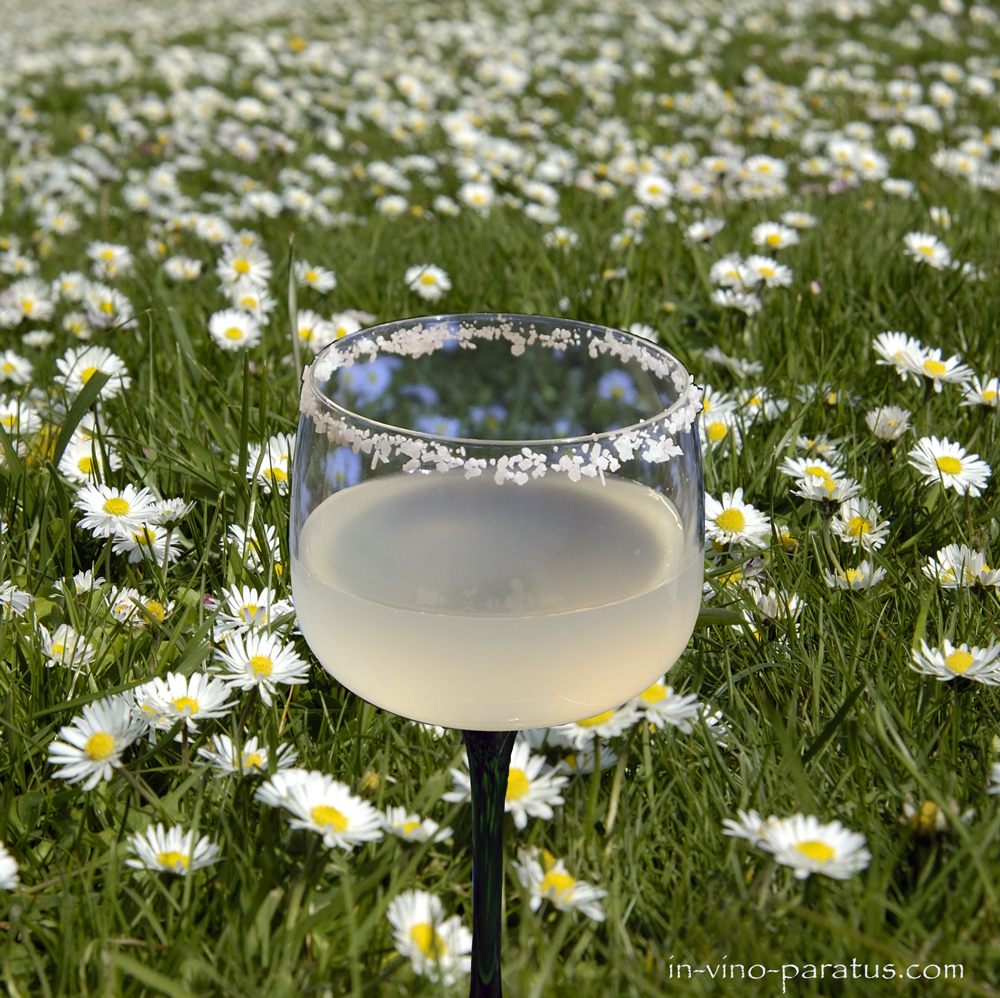
Video about Margarita on my YouTube channel.
February 22 – Margarita Day.
Margarita is not only one of the most popular cocktails in the world but also the most famous tequila-based cocktail. Over time, it has evolved beyond just a single recipe into an entire cocktail family with countless variations. Given its significance, it is impossible to ignore.
In its original, traditional form, the Margarita is a classic Daisy cocktail made with tequila.
The Daisy is an old cocktail family that dates back to the Victorian era. It follows a simple structure: a base spirit + an orange liqueur + lemon or lime juice.
A classic Margarita consists of tequila, orange liqueur, and lime juice.
Since the Daisy is a subset of the Sour cocktail family, the Margarita can also be considered a Sour—a category that includes any drink made with: a spirit or liqueur + citrus juice + a sweetener (such as sugar or syrup) + (optional) bitters or egg white.
The name “Daisy” is derived from the English word for the flower, which in Spanish is “Margarita.” This makes it likely that the cocktail’s name originated from translating “Tequila Daisy” into Spanish.
The first recorded mention of the Tequila Daisy in print appeared in 1936 when James Graham, editor of the Moville Mail, described a visit to Tijuana, Mexico. During his visit, he stopped at a bar known as “The Home of the Famous Tequila Daisy.” This bar was one of the few in Tijuana to survive the end of Prohibition in the United States. The owner, an Irishman named Madden, was credited as the creator of the Tequila Daisy. However, he admitted that the cocktail was originally a happy accident—he had mistakenly used the wrong spirit when mixing a drink. Fortunately, his customer loved it, and the Tequila Daisy soon became the bar’s signature cocktail.
The Margarita’s closest ancestor in terms of recipe is the British cocktail Picador. Its proportions are identical to those of a classic Margarita. The Picador first appeared in print in 1937 in the Café Royal Cocktail Book by William James Tarling.
By 1939, the Picador had made its way into the World Famous Cotton Club: 1939 Book of Mixed Drinks by Charlie Connolly, where it was listed under a new name: Tequila Sour. This version introduced a key new element—the salt rim on the glass.
The first recorded appearance of the cocktail under the name “Margarita” was in 1953, when the California newspaper The Press Democrat published a piece by Michael Demarest, mentioning the drink in a description of a restaurant on Balboa Beach.
Of course, there are countless theories about the origins of both the cocktail and its name. Given that “Margarita” was a popular name at the time, and considering that many bartenders named drinks after women they admired, it’s quite possible that multiple people created the cocktail independently. However, the true history remains uncertain, and no single claimant has been able to prove their case.
Once the Margarita stepped into the spotlight, it quickly captured hearts worldwide. At the same time, it evolved so rapidly that it spawned an entire cocktail family—some variations so different that they barely resemble the classic Margarita.
The Margarita can be served straight up, on the rocks, or frozen (blended with crushed ice).
When it comes to ingredients, the possibilities are endless—so much so that covering them all would require a book, not a short article. Over time, bartenders have experimented with a vast range of ingredients, including various fruits, unexpected vegetables (even beets!), herbs and spices, different liqueurs and sweeteners.
The one constant in the Margarita? Tequila. Though in some variations, it is substituted with Mezcal—which, at least, is a close relative.
One thing is certain—when it comes to Margarita Day, there is no shortage of choices!
Margarita is served in… well, just about anything! From the classic Margarita glass to: cocktail glasses, old-fashioned glasses, wine glasses, champagne flutes, beer pints, even guacamole bowls or shrimp cocktail dishes!
And when it comes to size, there are no limits either.
The biggest Margarita ever made was created in 2011 for the opening of Margaritaville Casino in Las Vegas. The staggering volume? 32,176 litres!
It took 60 people and around 300 hours to make—earning it a place in the Guinness World Records.
However, the book doesn’t say how many people (or how many hours) it took to drink it!
I love classics, so the classic recipe is according to IBA:
Ingredients:
-1 2/3 oz / 50 ml Tequila
-1 oz / 20 ml Triple Sec
-1/2 oz / 15 ml Fresh Lime Juice
Decoration – half salt rim.
Process:
Rim a chilled glass with lime juice and sea salt.
Shake all ingredients with ice and strain into a glass.
Drinkware:
Margarita glass
Visit my online store for a unique poster featuring this cocktail, along with many other beautiful cocktails and other wine-related subjects.
It’s the perfect way to add a touch of sophistication to your kitchen or bar. Click here to shop now!